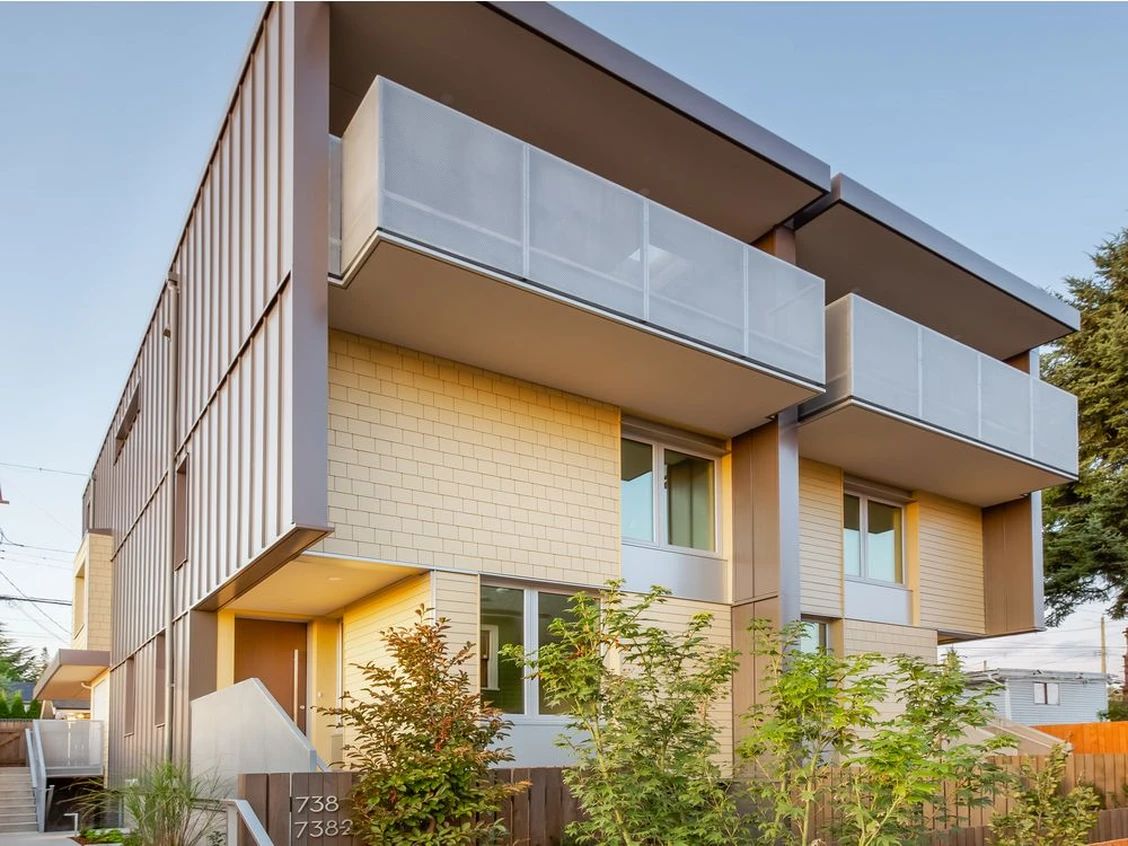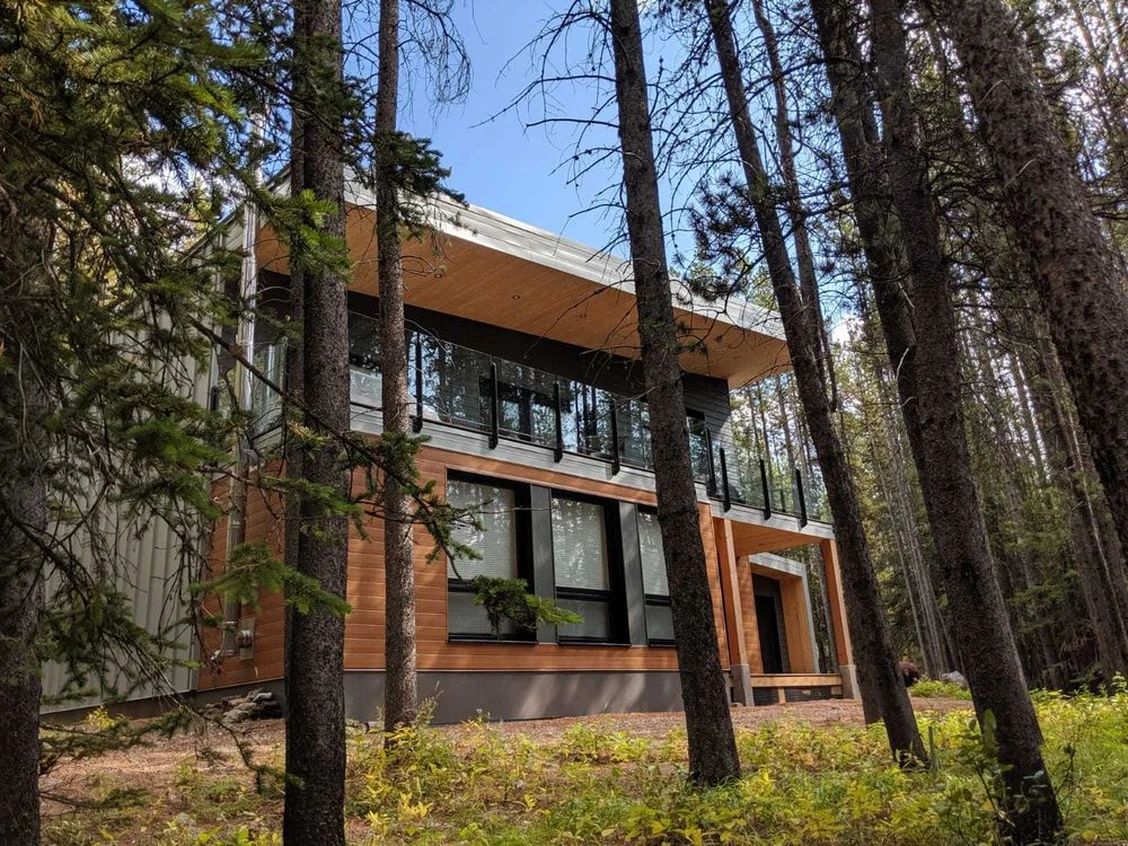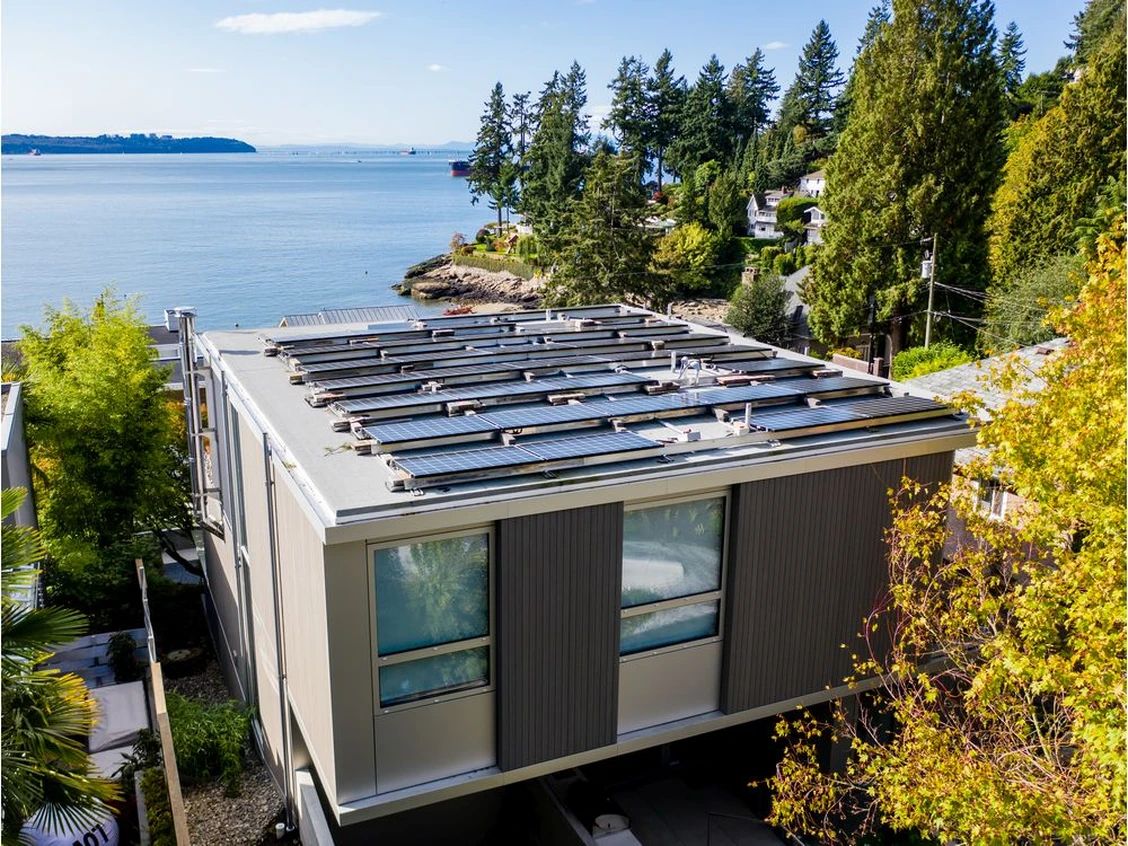The dynamic possibilities of passive design
How B.C.’s energy-efficient buildings are setting an example for the rest of Canada.
Back home in Scotland, David Arnott was accustomed to houses with triple-glazed windows, well-insulated walls and rainscreen siding “because it’s freezing . . . and the key thing we had up there was insanely expensive gas and electricity.”
In 2012, after he moved to British Columbia, the founder and principal of Stark Architecture recalls “going into apartments in the West End, and they were built with two-by-fours and single glazing – it was like going back in time.”
That’s now changing, and fast, because of people like Arnott, who is one of a growing number of B.C. architects, developers and contractors building to what are known as Passive House or Net Zero standards.
Among them is Joe Geluch, president of North Vancouver-based Naikoon Contracting Ltd., who has been building high-performance housing for well over a decade.
Passive House is an international certification program based in Germany with a Canadian office in Victoria. Net Zero, also known as zero-energy or zero net, is a global concept certified in North America by the Commission for Environmental Cooperation. Through thoughtful materials and design, a Passive House cuts energy use and greenhouse gas emissions by as much as 90 per cent. A Net Zero building does much the same, but also produces energy through the use of solar panels and similar devices.
Interest in Passive House certification is “definitely growing exponentially,” Geluch says. “Even three years ago, five years ago, people didn’t know what this was.” But now clients are demanding it, for a variety of reasons.
For one thing, Geluch says, “the City of Vancouver is providing various incentives to developers and builders to meet Passive House standards. It’s tying into their overall climate-energy plan.” For another, he adds, “a lot of people want to have a Passive House or a Net Zero home because they buy into all the comforts and benefits of having one, and they want it validated. Then it’s Vancouver, and people want it because it’s trendy.”
His company has worked on several passive residential buildings and is currently building one at the foot of Lonsdale Avenue in North Vancouver. “The unique part of it is that it’s got a restaurant in it so if it’s certified it will become one of very few certified commercial buildings in the world,” Geluch says. “It’s going to get a lot of attention worldwide.”
The North Vancouver building will follow North America’s first Passive House-certified commercial office building, the Tantrum Ride bike shop in Revelstoke, an infill designed by Arnott to fit neatly into a block of heritage buildings.
Although these sorts of buildings are still a rarity in Canada, this country was – briefly – a world leader in passive design.
In 1976, when gas prices doubled virtually overnight, a Saskatchewan Research Council engineer named Harold Orr designed and built a pioneering energy-efficient and solar-powered passive house in Saskatoon. The Saskatchewan Conservation House was so radical that engineers from around the world came to check it out.
The BC Energy Step Code is, quite simply, revolutionizing how we build homes in this province. It is an optional compliance path in the BC Building Code that comprises five steps – “stepping stones to get us up to Passive House and Net Zero by 2032,” Arnott says. “It’s a way to bring everyone up to the same line.”
Builders can follow it voluntarily, but must comply if a local government sets a certain step as a baseline. Increasingly, that’s just what they are doing. “Many municipalities are asking you to build to Step 3 already,” Geluch says. Depending on the type of building it is, Step 3 construction is 20 to 50 per cent more energy efficient than a traditional build.
To encourage compliance, municipalities offer developers incentives such as faster processing times. “Those sort of government benefits are huge,” Arnott says.
Now the federal government is eyeing B.C.’s plan as a guideline for the rest of the country. “There will be radical change to building codes right across Canada over the next five to 10 years,” Geluch says.
True, building in the passive style costs more, and the certification process itself runs about $5,000, but as Geluch points out, “these are $5-million projects, so the cost is inconsequential.”
There are other challenges to this kind of construction, too, starting with the need for better education.
There are many ways to make a building energy efficient, from adding insulation and angling it toward the morning sun to making it airtight so it doesn’t let energy out and pollution in. As Arnott says, “you can’t put a price on good air quality for your family.”
And it’s not always easy to make a Passive House look beautiful, especially since many are made from prefabricated components.




